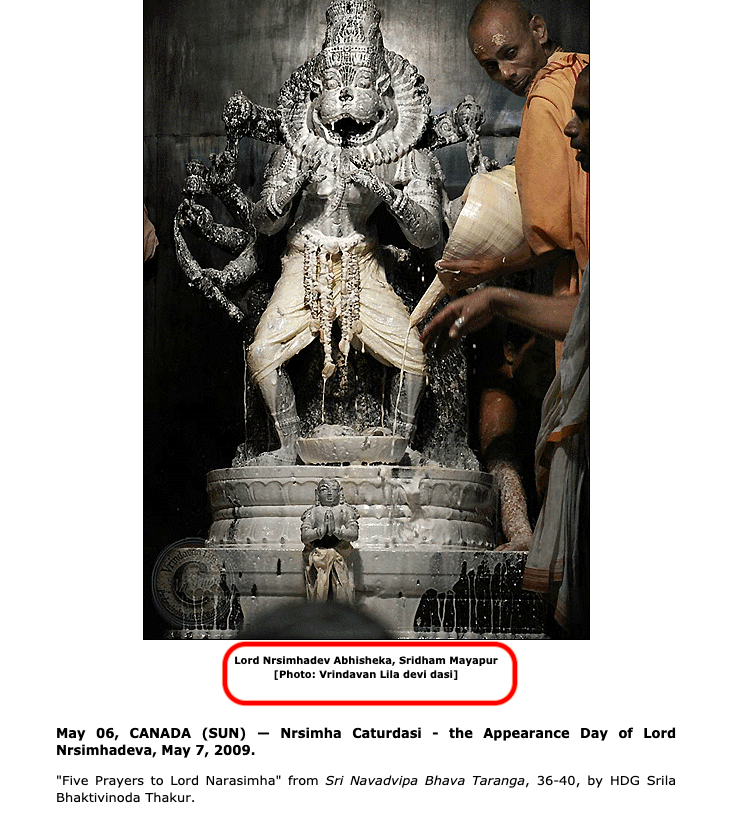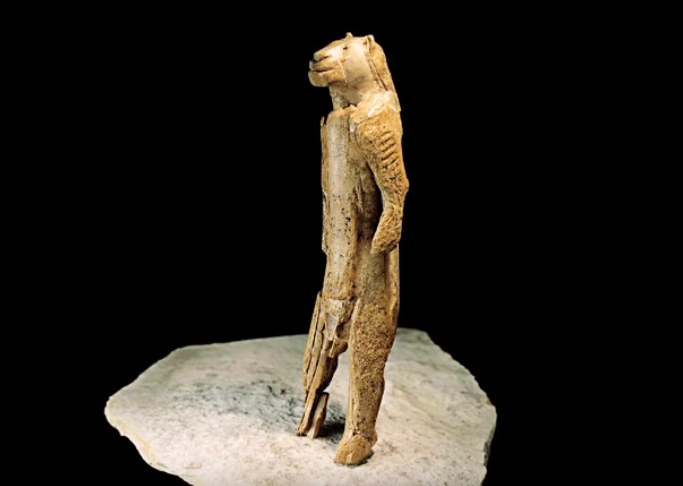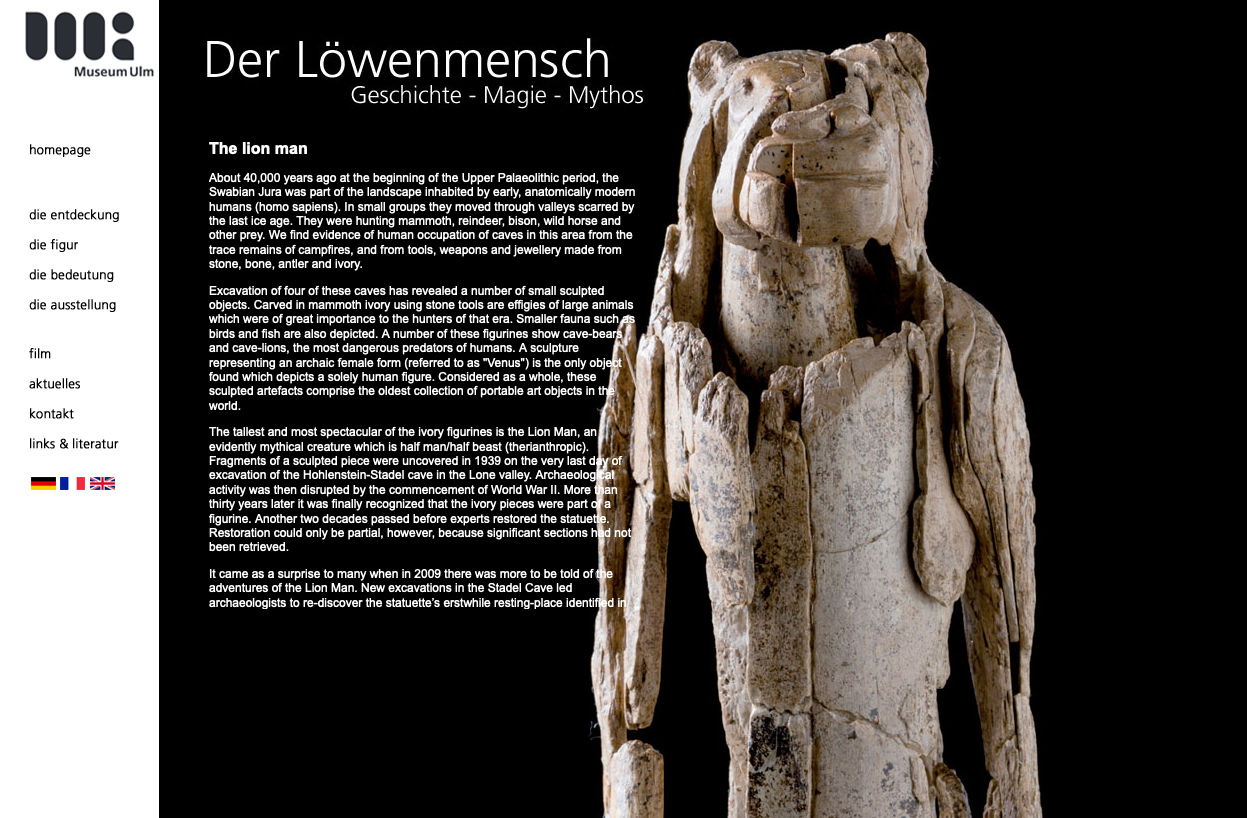An image of Narasimha, part lion and part man avatar of the Hindu god Vishnu, has gone viral on social media. According to a post by Facebook page संस्कृत का उदय (Sanskrit Ka Uday), “जर्मनी में भगवान नरसिंह की ३२००० साल पुरानी मूर्ति (A 32,000-year-old idol of Lord Narasimha found in Germany.)” This post drew over 8,000 likes and more than 3,000 shares before it was deleted.

Alt News found that the claim associated with the viral image has been circulating online for several years. There are several posts in Kannada on Facebook from 2012 which claim “ಜರ್ಮನಿಯಲ್ಲಿ ಸಿಕ್ಕ 32000 ವರ್ಷ ಹಳೆಯದಾದ ನರಸಿಂಹರ ವಿಗ್ರಹ (A 32,000-year-old idol of Lord Narasimha found in Germany).”

In 2017, Postcard News published the article “32,000 years old Lord Narasimha Idol discovered in Germany”, which shows a different man-lion figurine. The article even highlights “Yes! 32,000-year-old Lord Narasimha Idol was discovered in Southern Germany.” This post has been shared more than 5,000 times.

There are also YouTube videos with similar claims. The one attached below has drawn 1,80,000 views since it was uploaded in August 2017.
Alt News found that are also several posts on social media with the claim that the same ‘Lord Narasimha’ idol dates back 40,000 years.

Fact check
Image 1
After performing a reverse image search on Google, Alt News found that the viral image is from a feature story published in 2009 on the Sampradaya Sun’s website. The location of the idol is mentioned in the caption of the image, as highlighted below.

Sridham Mayapur refers to ISKCON Mayapur which is located in West Bengal. Thus, the claim that the idol in the viral image is from Germany is incorrect. Alt News also found a video uploaded by Hare Krsna TV – ISKCON Desire Tree, a verified YouTube account which shows the same idol.
Image 2
A reverse image search of the figurine’s photo used in Postcard News, revealed to Alt News that it is the Löwenmensch figurine or Lion-man of the Hohlenstein-Stadel, a cave located in the Jura, Germany.

According to a 2011 report by Der Spiegel, the fragments of the mammoth-ivory figurine were discovered by geologist Otto Völzing in August 1939. Currently is displayed in Ulm Museum, Germany. According to the museum, the lion-man is from the Upper Palaeolithic period from 40,000 years ago.

The British Museum’s blog post ‘The Lion Man: an Ice Age’ masterpiece states, “He is the oldest known representation of a being that does not exist in physical form but symbolises ideas about the supernatural… It is impossible to know what that story was about or whether he was deity, an avatar to the spirit world, part of a creation story or a human whose experiences on a journey through the cosmos to communicate with spirits caused this transformation.”
Therefore the claim in the viral posts that the figurine from Germany is around 32,000 to 40,000 years old is true. However, no credible sources claim the figurine represents Lord Narasimha.
An image of a Narasimha idol in ISKCON Mayapur, West Bengal is viral on social media as a 32,000-year-old sculpture of the Hindu god excavated in Germany. Another image, of a prehistoric lion-man figurine, was shared with a similar claim.
Independent journalism that speaks truth to power and is free of corporate and political control is possible only when people start contributing towards the same. Please consider donating towards this endeavour to fight fake news and misinformation.




